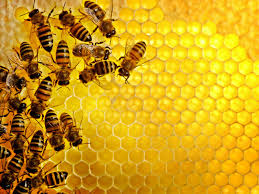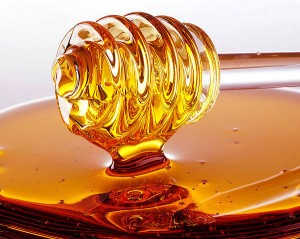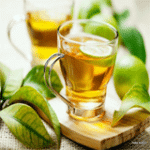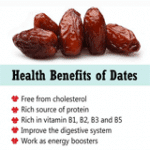Honey is a sugary fluid made by honey bees using nectar from flowers through a method of regurgitation and evaporation. Above four thousand years ago, honey was utilized as a traditional medicine, where it was supposed to be capable of treating certain disorders in the body. Holy Prophet Mohammad (S.A.W) praised the healing properties of honey. The Holy Quran also glorifies the honey’s healing power. In modern times, the advantageous characters of honey have been discovered and there is indication to recommend that these historical assertions hold some authenticity. Honey is composed of fructose, glucose as well as minerals such as calcium, iron, phosphate, potassium, magnesium and sodium. Over the past 2,500 years honey has been consumed by countless cultures all around the globe.

While the plentiful health values of honey have made it a significant constituent of conventional medicines, scientists are also investigating the advantages of honey relative to modern medicine, predominantly in the healing of wounds. For centuries honey has been used as a proficient remedy for ulcers, wounds and burns. In most cases, honey is used when traditional antibacterial cure with antiseptics and antibiotics are fruitless. Several studies have shown that most of the wounds respond well to honey treatments. Pain, inflammation and swelling swiftly diminish. Nasty odors stop and debridement is improved as the honey dressings eliminate dead cells painlessly and without initiating impairment to the regrowing cells. Honey stimulates rapid healing with marginal scarring. As honey has effective anti-inflammatory action, it can also be used as first aid treatment against burns. Honey is a prehistoric remedy for the cure of infected wounds, which has recently been proven by the latest medical research, mainly where modern healing agents are ineffective.
In laboratory studies, it has been presented to have an antimicrobial action against a broad spectrum of fungi and bacteria. Nevertheless, further research is required to optimize the beneficial use of honey in clinical practice. Intake of high quality raw local honey for two months before the allergy season can reduces certain allergies. Bees transport the pollen that intensifies seasonal allergies and few of that pollen becomes portion of the honey. Having honey on daily basis right before the allergy season can make the body adapted to the pollen and protects your body against allergies. Research has proven that honey is effective against infantile gastroenteritis. Honey shortens the extent of bacterial diarrhea in young children and infants. Honey does not extend non-bacterial diarrhea spell and can be safely used as a substitute for glucose in oral rehydration solution comprising electrolytes.

Honey can do miracles for our skin. Owing to this reason honey finds its way in many skin-care products nowadays. Honey acts as a great moisturizer and anti-aging agent. It is enriched in natural antioxidants having certain anti-microbial characters. They help shield our skin from damaging UV rays and enhance the skin’s capability to revitalize. Honey also has the power to absorb and preserve moisture and this facilitates the skin to stay flexible, well hydrated and fresh. It is known that women of ancient time used milk and honey to keep the skin smooth, youthful and radiant. Honey’s natural anti-microbial and antioxidant properties help to guard the skin from the impairment of the sun’s rays, support the skin’s capability to revive and rejuvenate damaged skin, leaving it supple and silky soft.




